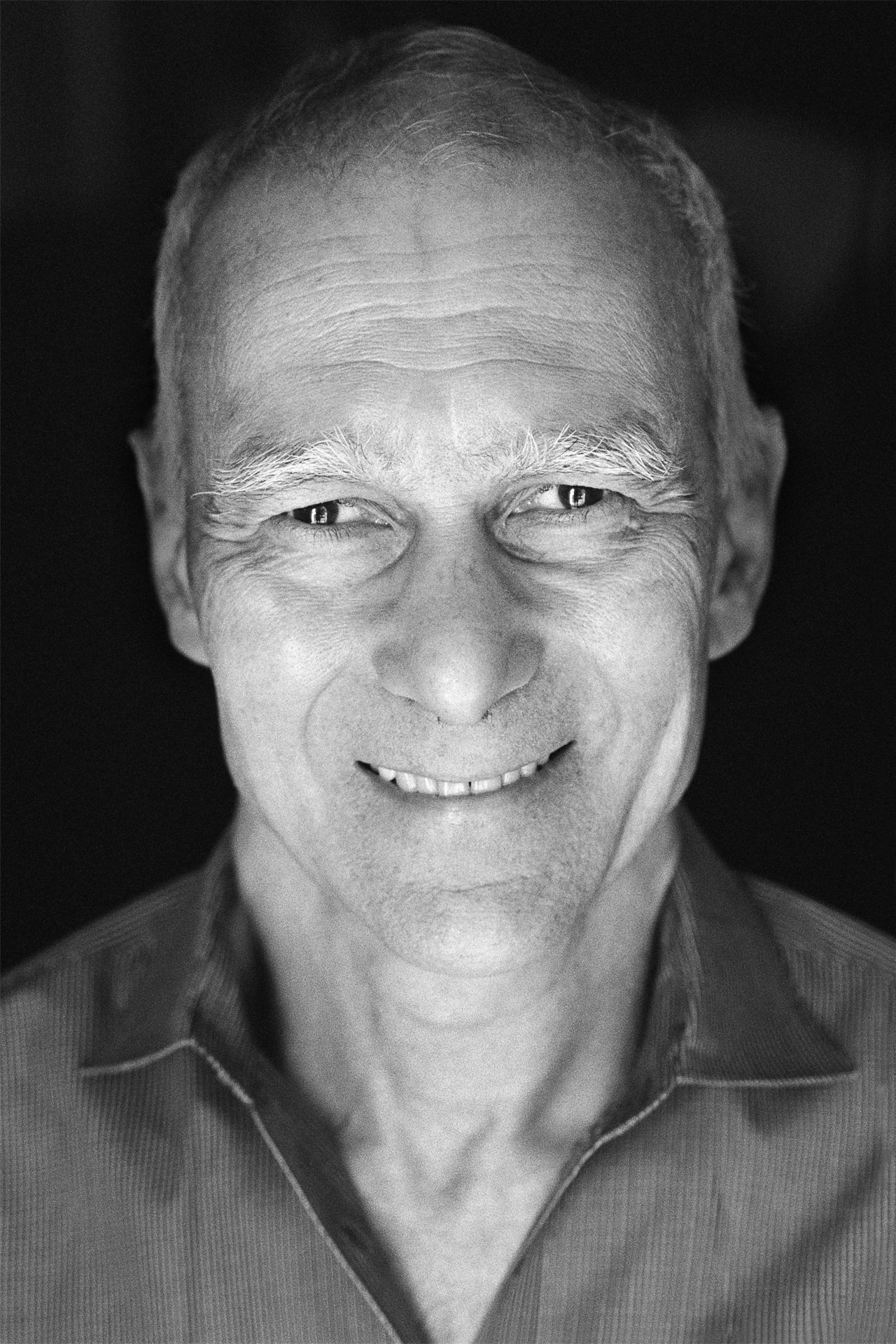
When Moungi G. Bawendi, a recent PhD graduate, started work on improving methods of synthesising quantum dots, he was unaware of their potential applications – it was simply an interesting problem to solve. Chemists had long known that nanoparticles, extremely small particles of matter, could have different properties than larger particles due to their electrons being squeezed together, giving rise to quantum effects. In the early 1980s, Aleksey Yekimov in the Soviet Union and Louis Brus in the U.S. independently succeeded in making quantum dots, particles that were only several nanometres in diameter. Different-sized quantum dots emitted light at different wavelengths, which gave them different colours; this was proof of quantum effects.
Scientists could demonstrate that it was possible to produce quantum dots in laboratory conditions, yet the results were far from perfect. The nanocrystals in solution had various sizes and this made progress in quantum dot research difficult. Bawendi conducted experiments for two years at Bell Laboratories and then focused on the problem in his own research lab at MIT. A breakthrough came in 1993 when Bawendi and his team established a relatively simple method of producing cadmium selenide nanoparticles of uniform size. The reagents were injected into a hot solvent and the growth of the newly formed nanocrystals was controlled using temperature. The mixture could be precipitated to a powder of nanoparticles, which were all the same size. This important step meant that quantum dots could now be reliably used in industrial applications.
In over three decades, the application of quantum dots has become ubiquitous, most notably in display screens and bioimaging. Further growth of the field is expected in solar energy harvesting in various forms, including photocatalysis, and in lighting.
Moungi Bawendi was born in Paris, France, in 1961, and grew up in France, Tunisia, and the United States. He first studied at Harvard University, obtaining his A.B. in 1982, and was awarded a Ph.D. from the University of Chicago in 1988. During his years as a graduate student, Bawendi studied polymer theory and molecular ion spectroscopy. While a PhD student, his PhD advisor, Professor Takeshi Oka, nominated him for an AT&T Bell Laboratories PhD fellowship, which included spending a summer doing research at Bell laboratories under the supervision of Dr. Louis Brus, his co-laureate of the Nobel Prize. Following his graduation, Bawendi returned to Bell laboratories as a postdoctoral associate under Dr. Louis Brus. One of the aims of their work was to find better ways of making nanocrystals. Bawendi continued to work on the problem as a faculty member at MIT, where he has remained ever since. He became Associate Professor in 1995 and Professor in 1996. He is currently (2025) the Lester Wolfe Professor in Chemistry at MIT. He is married to writer Rachel Zimmerman.
